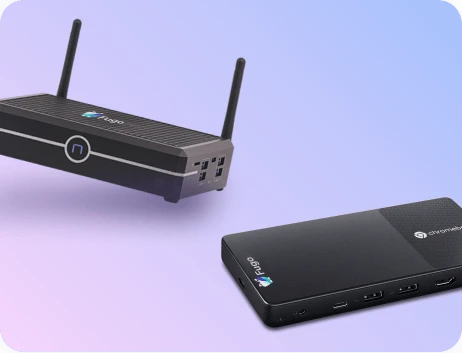Digital Signage Wiki/Network-based failover switching
3 min read
Apr 24, 2025
Network-based failover switching
Network-based failover switching refers to the automatic transition of digital signage systems to a backup network connection to ensure continuous operation in case of a primary network failure.
What is Network-based failover switching?
Network-based failover switching is a critical component in digital signage systems, ensuring uninterrupted content delivery by automatically switching to a backup network when the primary connection fails. This technology is essential for maintaining the reliability and effectiveness of digital displays, particularly in environments where continuous operation is crucial. By leveraging network-based failover switching, businesses can minimize downtime and ensure that their messaging remains consistent and visible to their audience.
The Importance of Network-based Failover Switching in Digital Signage
In the realm of digital signage, maintaining a continuous and reliable display is paramount. Network-based failover switching plays a vital role in achieving this by providing a seamless transition to a backup network connection when the primary network experiences issues. This capability is particularly important in high-traffic areas such as airports, shopping malls, and corporate environments where any interruption in digital signage can lead to significant disruptions. The technology works by constantly monitoring the health of the primary network and automatically rerouting the data flow to a secondary network if any anomalies are detected. This ensures that the digital signage system remains operational, delivering content without interruption. The implementation of network-based failover switching not only enhances the reliability of digital signage but also protects the investment in digital infrastructure by reducing the risk of downtime and potential revenue loss.
Implementing Network-based Failover Switching in Digital Signage Systems
Implementing network-based failover switching in digital signage systems involves integrating hardware and software solutions that can detect network failures and initiate a switch to a backup network. This process typically requires the use of routers and network management software capable of handling multiple network connections. The setup involves configuring the primary and secondary networks within the system, ensuring that the failover mechanism is responsive and efficient. Additionally, it is crucial to test the failover process regularly to ensure that the switch occurs seamlessly without any noticeable delay in content delivery. Businesses may also consider using cloud-based solutions that offer enhanced flexibility and scalability for managing network connections. By implementing network-based failover switching, organizations can achieve a robust digital signage system that is resilient to network disruptions, thereby maintaining the integrity and effectiveness of their communication strategies.
Conclusion: Ensuring Reliability with Network-based Failover Switching
Network-based failover switching is an essential technology for any organization relying on digital signage to communicate with its audience. By ensuring that content delivery remains uninterrupted even in the event of network failures, businesses can maintain their messaging and avoid potential losses. To explore how network-based failover switching can enhance your digital signage system, learn more by scheduling a demo at https://calendly.com/fugo/fugo-digital-signage-software-demo or visit https://www.fugo.ai/.
Keep the learning going...
Network sync features
Network sync features refer to the capabilities within digital signage systems that allow multiple displays to synchronize content over a network, ensuring consistent and timely delivery of media across various locations.
3 min read
Apr 24, 2025
Network-based display calibration
Network-based display calibration refers to the process of adjusting and standardizing the color and brightness settings of multiple digital displays over a network to ensure consistent visual output across all screens.
3 min read
Apr 24, 2025
Networked media players
Networked media players are devices that connect to digital signage systems, enabling the streaming and management of multimedia content across various displays through internet or local network connections.
3 min read
Apr 24, 2025



